-
Warranty
add -
Home Setup
add -
Manuals
add -
Forms
add -
Videos
add -
Contact Us
add
Warranty
Customer Care will only accept formal written Warranty requests from the Homeowner during the applicable Warranty periods.
As a tenant, please contact your landlord regarding any Warranty related issues.
Statutory Warranty
During your PDI you will be given both a Certificate of Completion and Possession (CCP) and a Tarion Homeowner Information Package (HIP). Tarion provides the builder with a CCP which confirms that your suite can be occupied. The CCP contains a home enrollment number used to identify your home with Tarion and outlines your Firm Occupancy date (Occupancy Date/Date of Possession). The HIP provides information regarding your new home warranty.
Warranty coverage begins on the Firm Occupancy date and remains in effect until the end of each warranty period.
Tarion Warranty Corporation is the administrative body which regulates the new home warranty in Ontario. You may wish to consult Tarion's Construction Performance Guidelines if you are in doubt as to whether an item is covered by the warranty. These Guidelines describe which of the most commonly reported warranty service requests are covered by the warranty, and those which are not. To view the Guidelines, please visit www.tarion.com.
Common elements are not included in the PDI of your unit. As such, these deficiencies should not be reported on your warranty request forms to Customer Care. Should you notice any common element deficiencies during your PDI or after occupancy, they may be reported to your Property Management Company after your Interim Closing date. Common elements include all areas and amenities beyond each Homeowner's suite. Ownership of these areas is shared among all unit owners within the condominium. Your balcony is considered an "exclusive-use" common element.
Warranty Service Request
In-suite warranty service requests must be submitted in writing by the suite owner to Customer Care. This may be done by printing the Customer Service Request Form or by ONLINE CSR
Emergencies
In the event of an emergency, report the event to your building Concierge or Property Manager immediately.
Some examples of emergency requests include but are not limited to: loss of water to any plumbing fixture, water leaks, total loss of electricity and water ingress from a ceiling or adjoining exterior wall.
During the Warranty period, we recommend that you do not undertake repair work without contacting us first to assess the problem and take corrective measures. Completing a repair without our assessment will void your warranty coverage.
The Developer is not responsible for the reimbursement of emergency repairs conducted or arranged by the Homeowner.
Rancho Management Services
8th Floor – 1125 Howe Street
Vancouver, B.C.
Phone: (604) 684-4508
Fax: (604) 684-1956
24-Hour Answering Service: (604) 684-4508
Email: pmgr@ranchogroup.com
Office Hours:
Monday to Friday: 8:30 a.m. to 5:00 p.m.
Saturday, Sunday, and Statutory Holidays - CLOSED
Richmond Emergency Telephone Numbers
Ambulance
For a medical emergency Call 911
Non-emergency 604-872-5151
Police
For a security emergency Call 911
Non-emergency 604-278-1212
Fire Department
For an emergency Call 911
Non-emergency 604-278-5131
Power Outages & Electrical Emergencies (BC Hydro)
1-888-769-3766
City of Richmond Bylaw and Parking Enforcement
604-233-3147
Poison Control Center
604-682-5050 or 604-682-2344
Gas Leaks & Gas Odor Emergencies (Fortis BC, Gas)
1-800-663-9911
Earthquake, Flood, Dangerous Goods Spills, Tsunami
1-800-663-3456
Additional emergency and non-emergency numbers can be found by searching yellowpages.ca
Utilities
Examples of Hydro costs are the use of lighting, outlets, heating/cooling and electrical appliances.
You will assume accountability for your homes hydro on your Legal Possession Date.
Hydro is individually metered and you will receive a bill for usage.
It is important that you make an immediate new account application to BC Hydro. This can be done through the B.C.Hydro automated service line at 604-224-9376 or on-line at bchydro.com/moving
If an account application is not made quickly, your power supply will be disconnected and will result in additional re-connection charges. We strongly recommend you take immediate action.
Communications
Concord Pacific works with industry leaders to provide you with state of the art communication services.
You will need to set up an account to activate these services directly with your chosen service provider.
Your Mailbox is located in the lobby of your building and is identified with your suite number. You will have received two mailbox keys on your Firm Occupancy date (Occupancy Date/Date of Possession).
Your new address can be found on both your Information Guide to Firm Occupancy Letter and your Certificate of Completion and Possession.
Please contact Canada Post to enquire into the change of address procedure.
Forms can be picked up at any Canada Post location or on the web at canadapost.ca You may also fill out the change of address notification form electronically, at smartmoves.ca
South Estates Address:
3311 Ketcheson Road, Richmond BC V6X 0S4 800 Hazelbridge Way, Richmond BC V6X 0S3
Elevator Booking
Elevator bookings for move-ins and deliveries are scheduled with your Property Management office or Concierge during regular business hours.
Elevator bookings are made on a first come first serve basis. It is recommended that you book an elevator with Property Management at least forty eight hours in advance of your move in date.
You will receive more information regarding move in procedures in the Property Management Welcome Package during your initial suite Walk-Through or after possession by contacting the Concierge.
Homeowner Manuals
-
South Estates HOMEOWNER'S MANUAL
Download PDF -
Quick Reference Guide
Download PDF -
Quick Reference Guide (Chinese)
Download PDF
Appliance Manuals
-
Dishwasher Use & Care Manual
Download PDF -
Dryer Use & Care Manual
Download PDF -
Fridge Use & Care Manual - Bosch 24"
Download PDF -
Fridge Use & Care Manual - Bosch 30"
Download PDF -
Gas Cooktop Use & Care Manual - Bosch 30"
Download PDF -
Gas Cooktop Use & Care Manual - Bosch 24"
Download PDF -
Hoodfan HCP30E51UC Use & Care Manual
Download PDF -
Microwave Use & Care Guide
Download PDF -
Oven Use & Care Manual - Bosch 24"
Download PDF -
Oven Use & Care Manual - Bosch 30"
Download PDF -
Washer Use & Care Manual
Download PDF
Other Manuals
-
Smoke Alarm User Guide
Download PDF -
Thermostat User Guide
Download PDF -
Smoke & CO Alarm Combo User Guide
Download PDF
Ventilation & Condensation
The management of interior humidity is the responsibility of the owner. Maintaining acceptable moisture levels within your home prevents condensation which can cause damage to components within the home.
Condensation occurs when the indoor air moisture contacts cold surfaces, such as window glass, water supply pipes and toilets. It appears as water droplets. Condensation on interior window surfaces is common during the cold season & is usually the result of humid conditions created within the home combined with exterior climatic conditions. Condensation is not considered to be a warranty issue. If you see condensation it is advisable to immediately wipe it up.
We create moisture in our homes from cooking, laundry, bathing etc. The indoor humidity level is controlled by the occupant. It is crucial that the occupant regulate proper humidity levels within the home to prevent damage to other components, such as window sills. This can be achieved by ventilation & air circulation.
Ventilate to remove excess moisture in the air:
Kitchen Hood Fan should always be used when cooking, especially when boiling or steaming foods.
Bathroom Fan should be on during bathing or showering & remain on for at least 20 minutes afterwards.
The bathroom fan as it is now installed is designed to run at low speed 24/7.
Increase Air Circulation
The corridor air coming into your suite via the gap around your suite entry door is a source of fresh air &
helps maintain the air circulation in your suite. It also serves as a safety feature. If a fire occurs in the
building the corridor fresh air units are immediately disabled so that the smoke does not enter into the
suite. We recommend that you do not install any type of weather stripping or attempt in any way to
block this air movement.
To allow for even air circulation throughout the suite, open the window coverings daily, keep window sills clear, open room doors &, when suitable, open windows.
Maintenance and Repairs
Condensation
What is condensation and why does it occur?
The air in your condo naturally contains moisture. This invisible moisture allows you to live comfortably in your unit. The moisture can become a problem if condensation occurs on surfaces in your condo. This occurs most commonly on windows during the winter because the windows are colder than the air temperature in your condo. Cold air cannot hold as much water or moisture as warm air. As warm air in your unit moves toward the windows the air cools. The moisture that was once invisible in the warmer air condenses on the colder window and is seen as tiny water droplets.
You may notice that condensation primarily occurs around the edges of the interior pane of glass in your window. This is because the metal frame around the window is conducting cold from outside, cooling the edges of the window pane and leaving the middle of the pane warm. These cooler edges are normal and not considered a defect in the window materials or installation.
Where does the moisture in my condo come from?
You produce moisture simply by breathing and perspiring but many of your daily activities will also increase the amount of moisture in your home. Cooking, cleaning, laundry, dishwashing, bathing and keeping house plants all contribute to increased amounts of moisture.
In addition to the moisture producing activities you perform in your home, the building materials in a newly constructed condo contain moisture that will be released during the first heating season. Temporary condensation may occur within the first year after construction because of the drying of these materials. Also, condensation may occur at the beginning of the heating season due to the release of moisture that has collected over the summer months when the humidity levels are higher. As the winter heating season continues the excess moisture will be eliminated. Temperature fluctuations throughout a winter season can cause condensation especially if there are drastic changes in temperature.
How can I eliminate the condensation in my unit?
Here is a list of things you can do to reduce condensation in your unit:
- Moisture reduction
- Do not hang clothes to dry in-doors.
- Do not use a humidifier.
- Cover all pots and pans with lids while cooking.
- Have shorter, cooler showers.
- Regularly clean the lint trap in your dryer.
- Run only full loads of dishes in your dishwasher and use the drying setting.
- Limit the number of plants you keep in your unit.
- Run a dehumidifier if necessary.
- Increase Air Circulation
- Make sure that your window coverings are open during the day so that air can move over the surface of the window.
- Hang window coverings to allow for adequate space between the coverings and the window surface. This ensures that even when the window coverings are closed air can still circulate between the covering and the surface of the glass.
- Make sure the window sill is clear of objects.
- Keep doors to all rooms open to allow even circulation of air throughout the unit. (Except bathroom doors when bathing, see below).
- Increase Ventilation
- Use kitchen exhaust fans while cooking especially when boiling or steaming foods.
- Run the bathroom fan during and at least 20 minutes after your shower to vent the remaining steam. Do this with the bathroom door closed.
- Ensure that the fan in your Fan Coil Unit (FCU) runs for at least two 4-hour periods/day.
- Clean exhaust vents and grates and lint traps regularly.
Ventilation
Exhaust Fans
The range hood and exhaust fans, provided in the kitchen and bathrooms, respectively, should be used to remove lingering odors and excess moisture in the air which can cause condensation.
If there is more than one bathroom, there is one exhaust fan motor with a switch for the fan in each bathroom. The fan can be turned on and off in each bathroom. Your kitchen fan should be used whenever cooking on the stove to avoid lingering odors and to lessen grease build up on kitchen surfaces. Air is vented to the exterior of the building. The filter should be cleaned periodically following the instructions outlined in the appliance manual.
Fan Coil Unit
Your suite is equipped with a fan coil unit (FCU). Your FCU has a filter which will need to be replaced every two months during the first year of possession and quarterly thereafter. Filters can be purchased from Property Management. Failure to replace the filter regularly may result in invalidation of the Statutory Warranty. Property Management will maintain your fan coil unit twice a year.
Corridor Air
As you will notice, there is a gap around the door jamb of your suite entry door. This gap is not a deficiency. We recommend that you do not install any type of weather stripping around the suite entry door. This gap serves as one of the only sources of fresh air and helps maintain the air circulation in your suite, which in turn assists in preventing condensation. The corridor air also serves as a safety feature in the event of fire. If a fire occurs in the building, the corridor fresh air units are immediately disabled, so that the smoke does not enter into the suite.
Seasonal Maintenance
It is important to maintain your home on a regular basis. It is recommended that you follow the steps outlined below to follow a concise seasonal maintenance program.
Spring (March, April, May)
- Replace FCU filter
- Test and reset ground fault circuit interrupter (GFCI)
- Test smoke alarms and carbon monoxide detectors
- Check caulking for air and water leaks
- Check windows and screens are operating properly
- Replace FCU filter
- Inspect air conditioning
- Check sealing around windows and doors
- Test and reset ground fault circuit interrupter (GFCI)
- Test smoke alarms and carbon monoxide detectors
- Check exhaust fans
- Inspect doors and locks
- Replace FCU filter
- Check exterior features
- Check caulking for air and water leaks
- Check clothes dryer vent
- Test and reset ground fault circuit interrupter (GFCI)
- Test smoke alarms and carbon monoxide detectors
- Check windows and screens
- Check weather stripping on all exterior doors and balcony doors
- Check sealing around windows and doors
- Check for condensation and humidity
- Replace FCU filters
- Test and reset ground fault circuit interrupter (GFCI)
- Test smoke alarms and carbon monoxide detectors
- Check exhaust fans
- Check inside surfaces
Summer (June, July, August)
Fall (September, October, November)
Winter (December, January, February)
Forms
Customer Service Request Online Form (CSR)
Open-
Permission to Enter
Download PDF
Legal Information Form
This form will be mailed to you in your Walk-Through Registration Package prior to booking your suite Walk-Through. Please contact Customer Care for additional copies of this form.
Emergency Request for Maintenance
Contact your Concierge or Property Manager immediately at any time as needed.
Videos
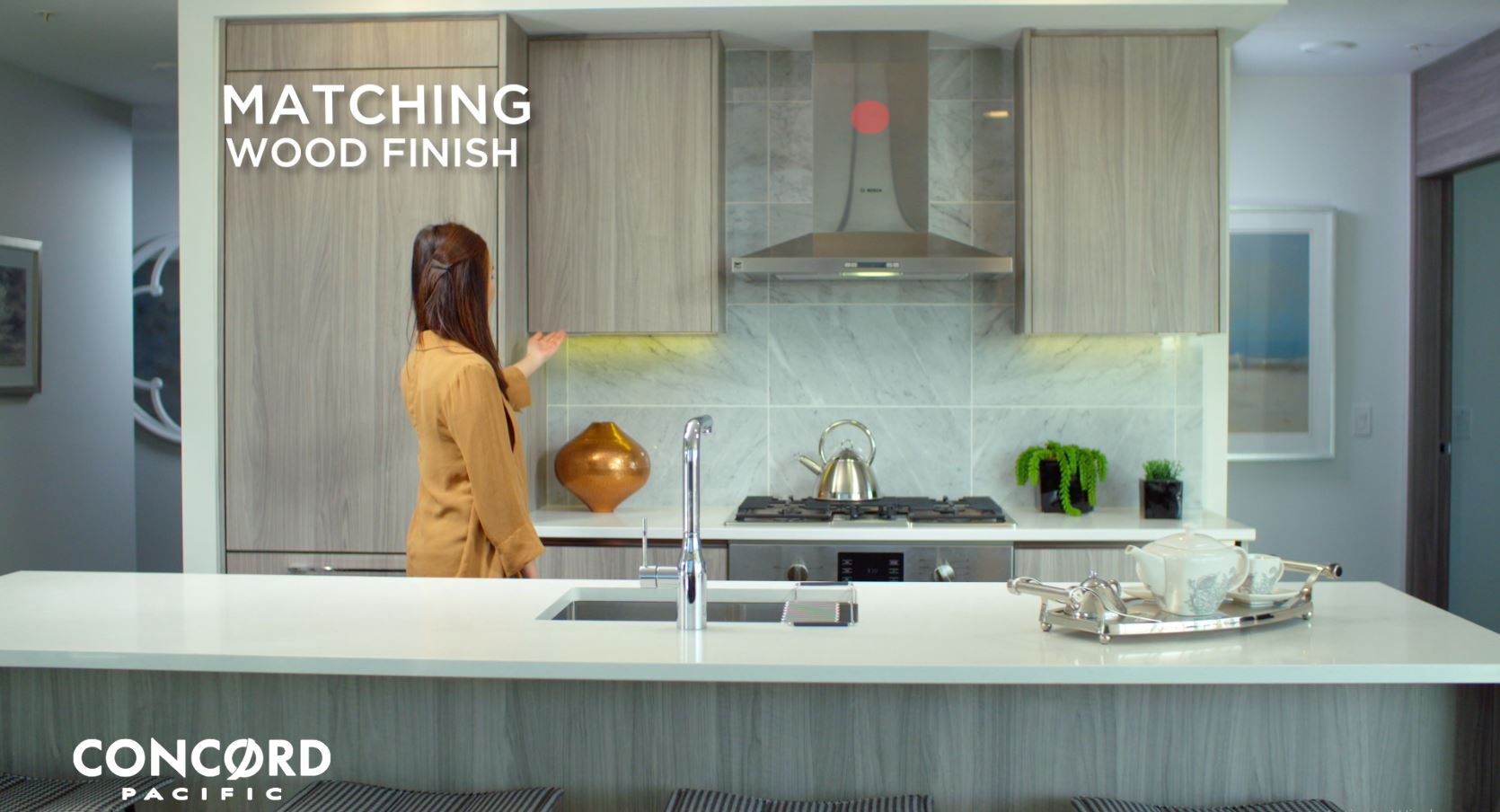
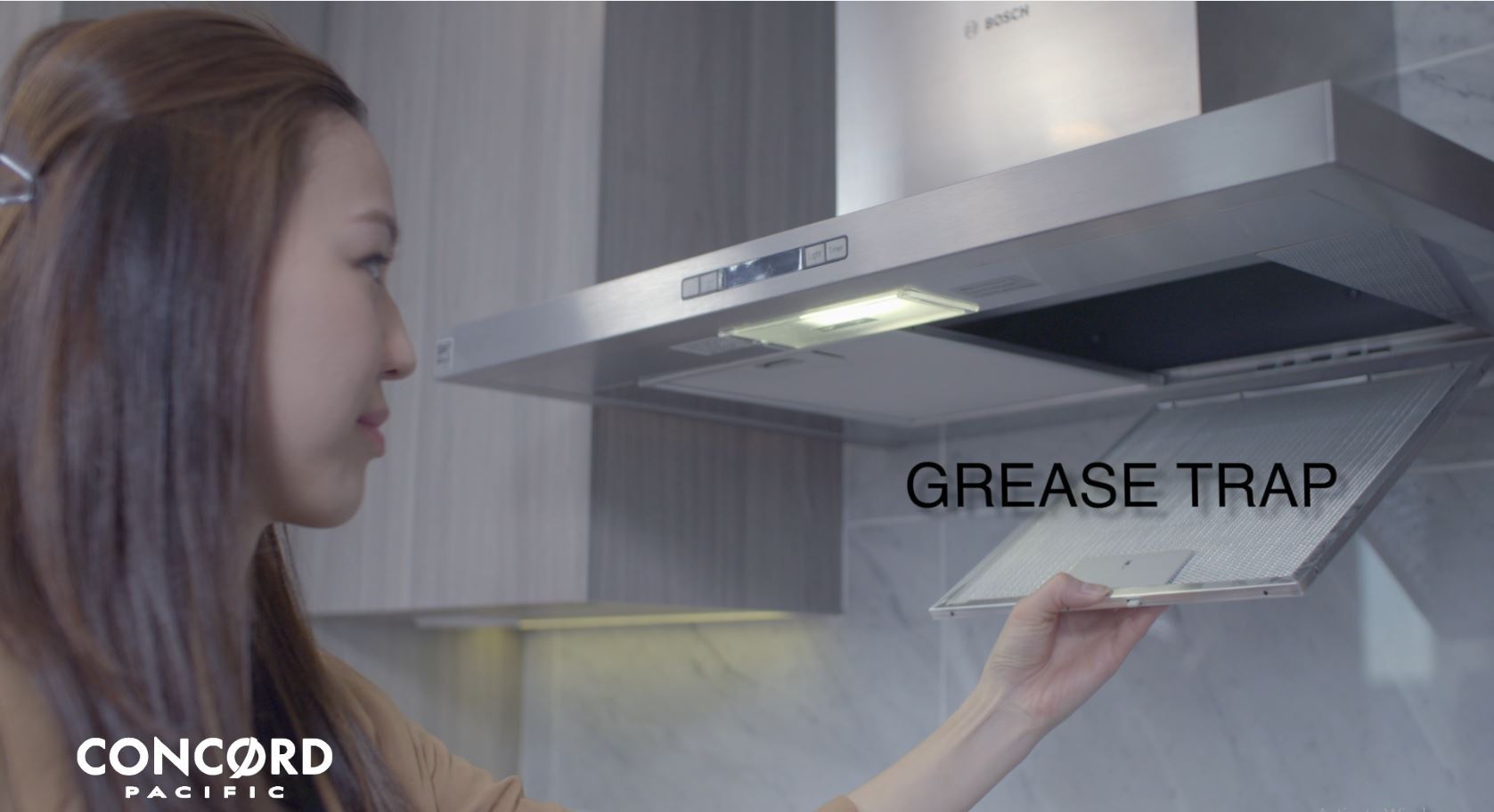
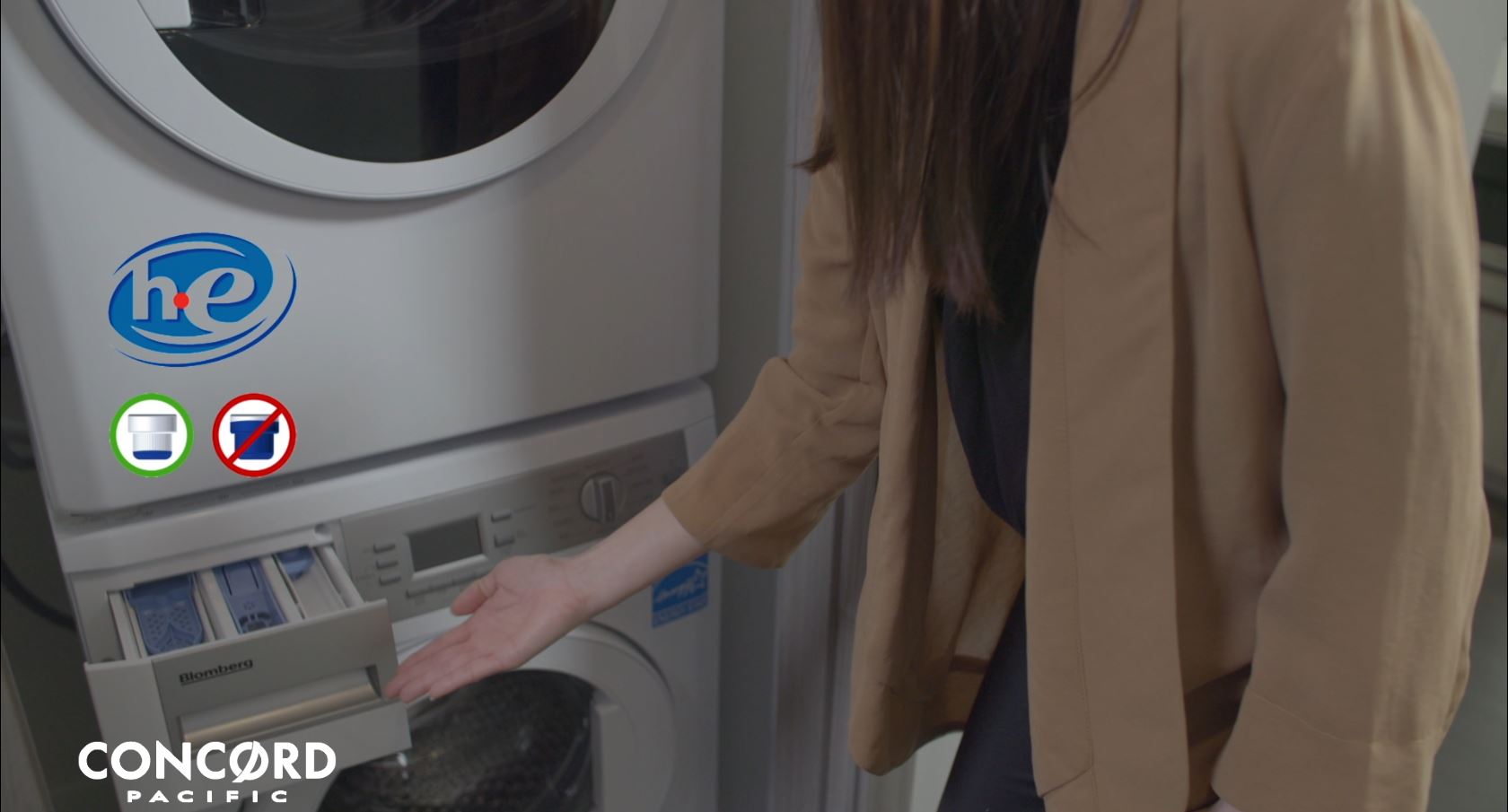
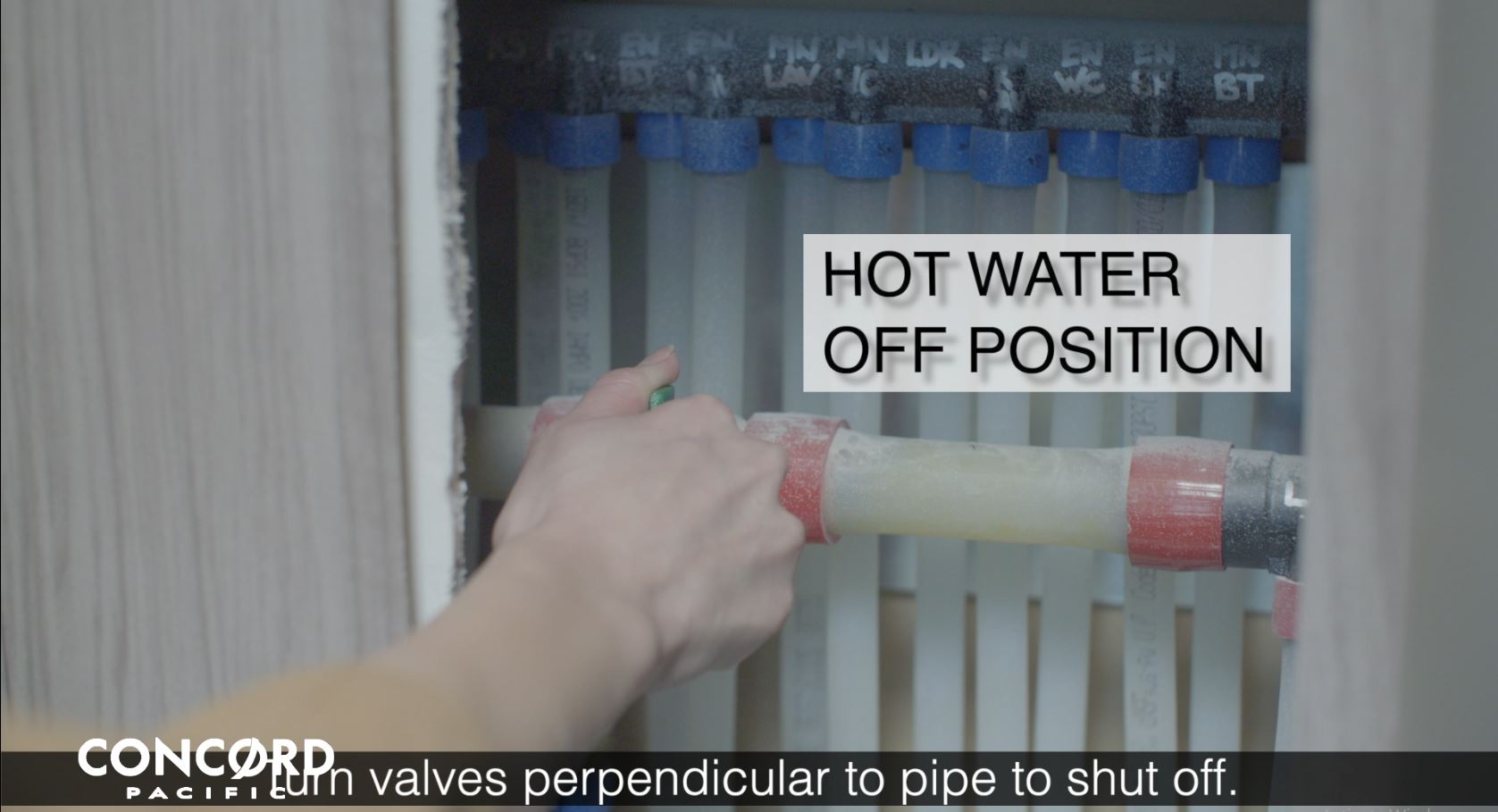
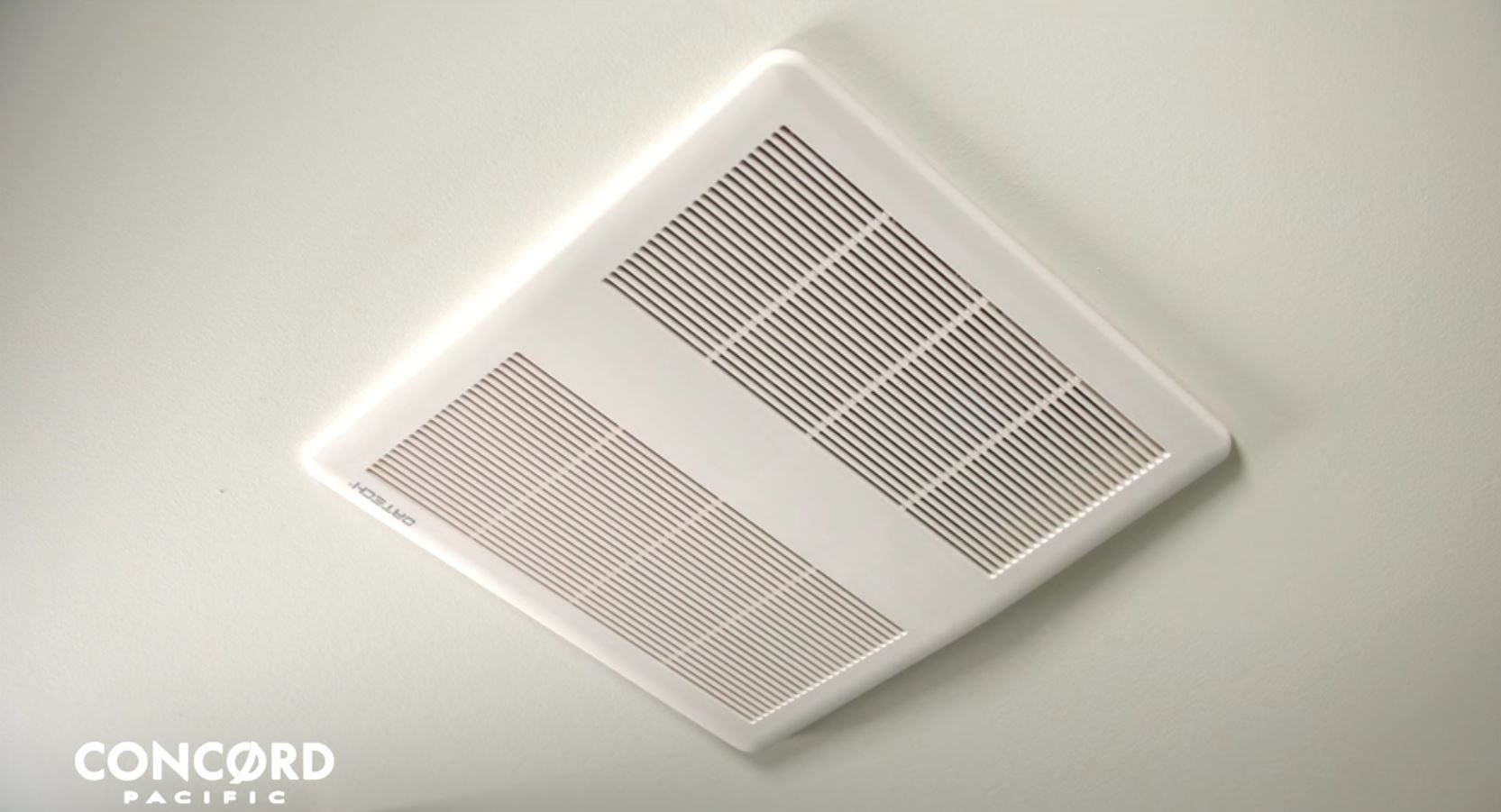
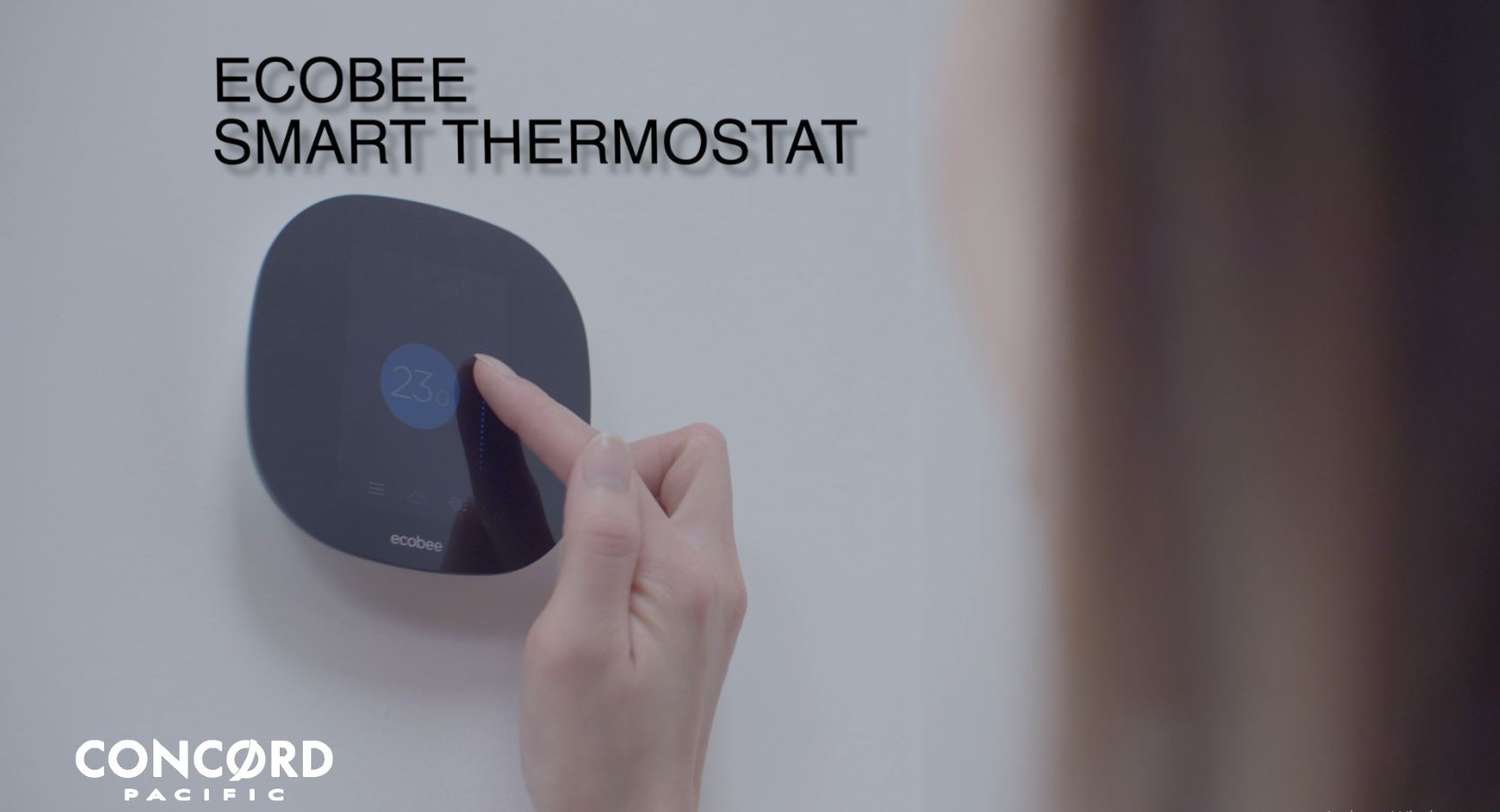
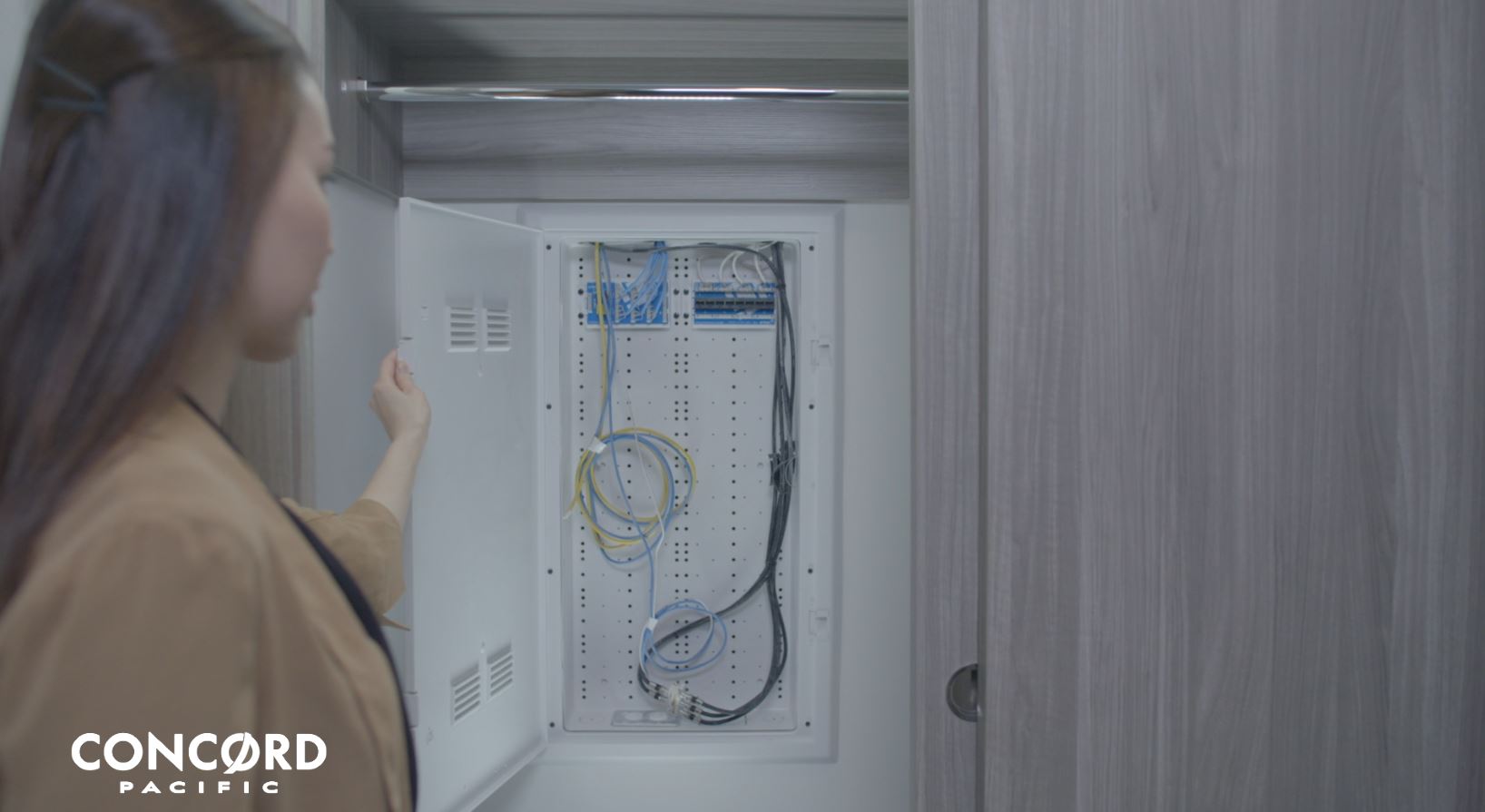
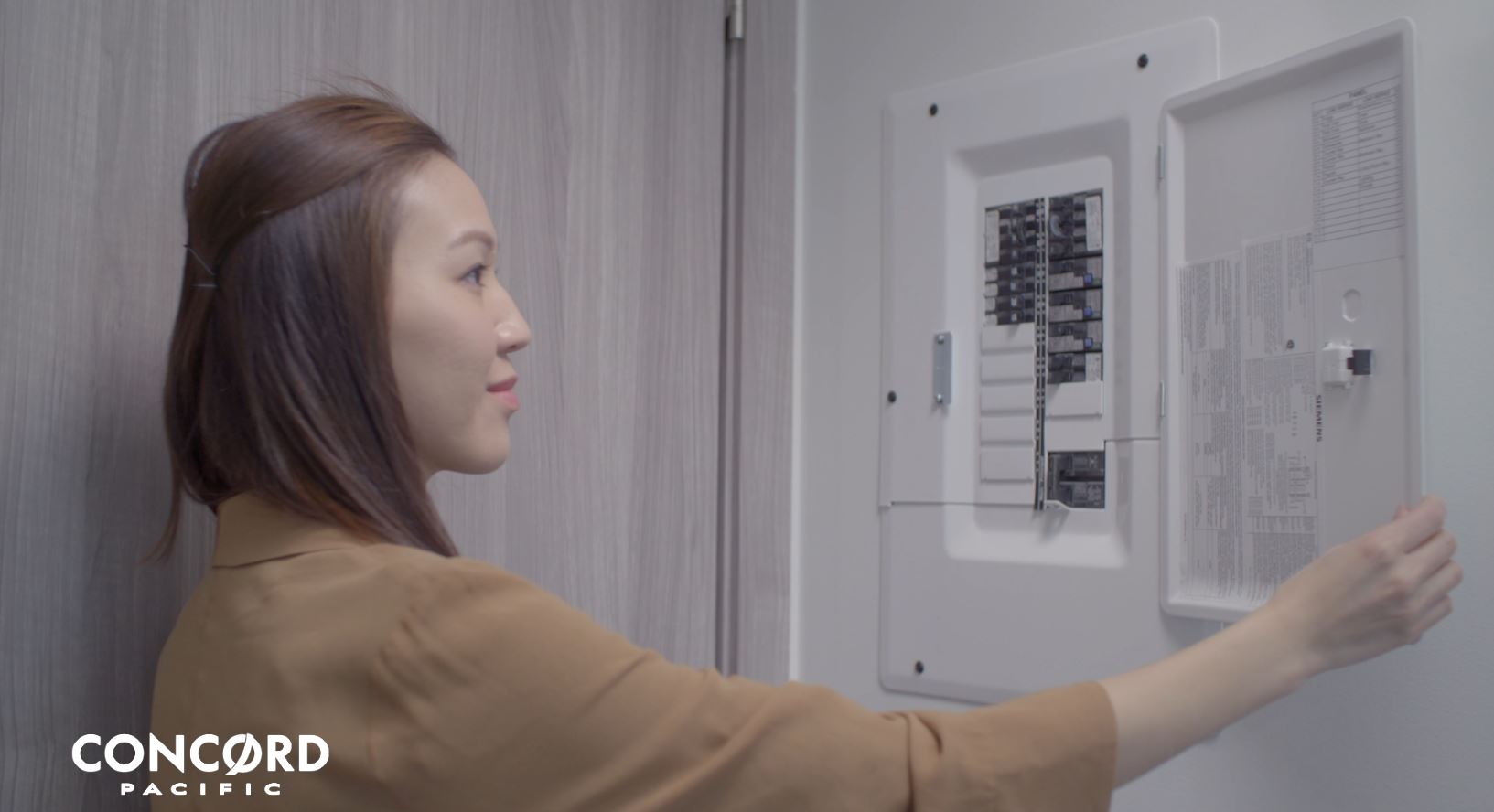
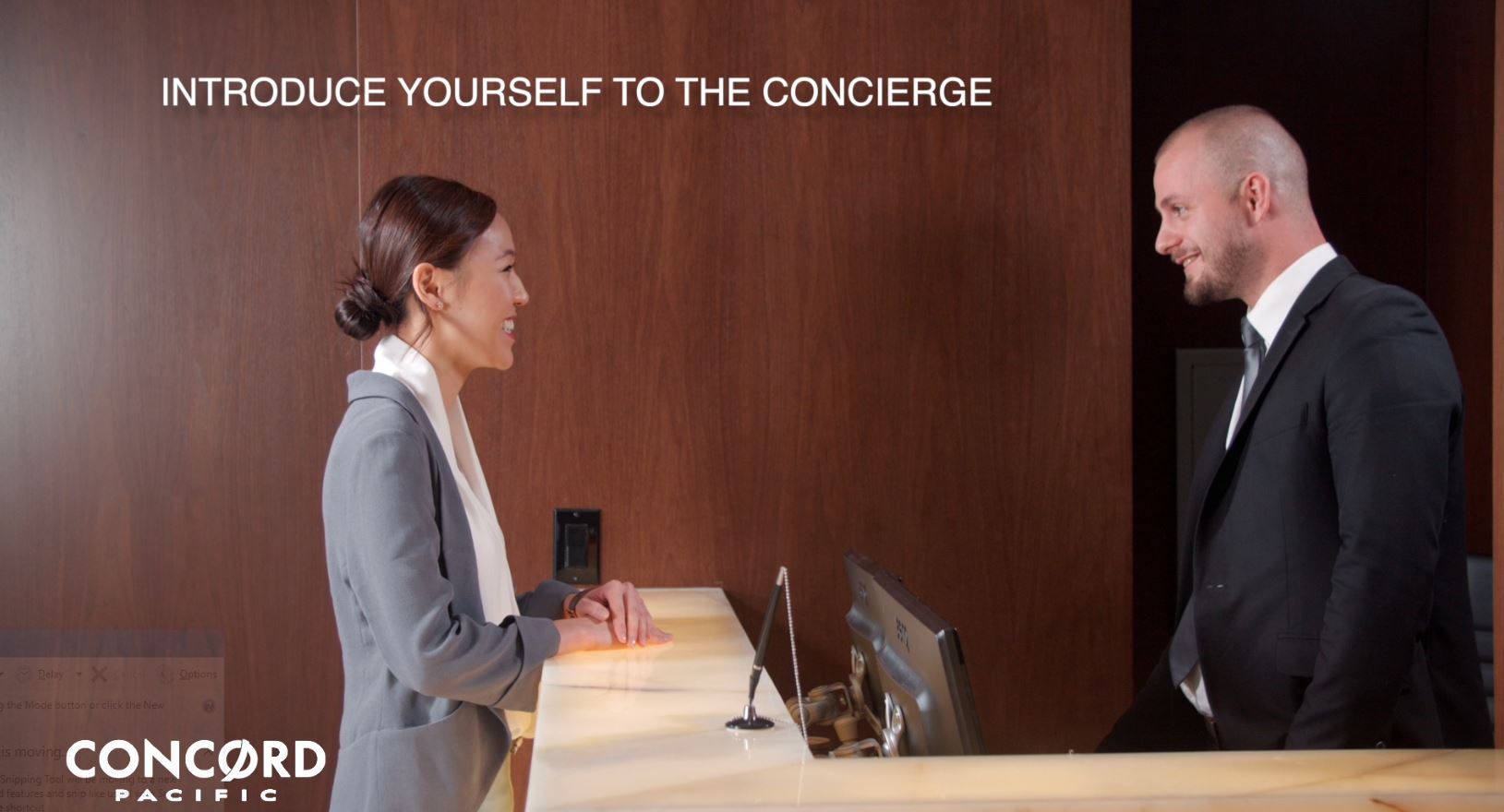
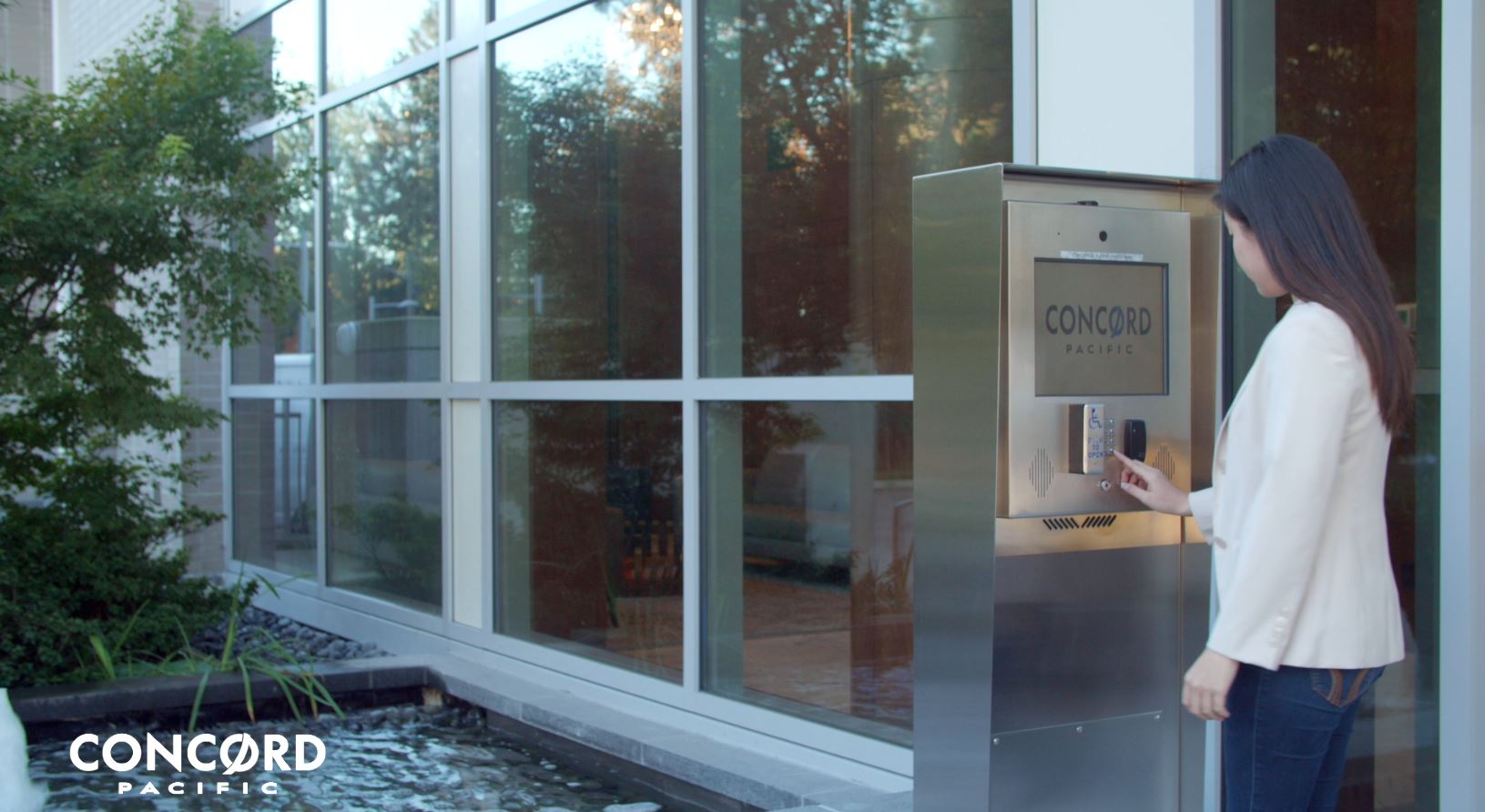
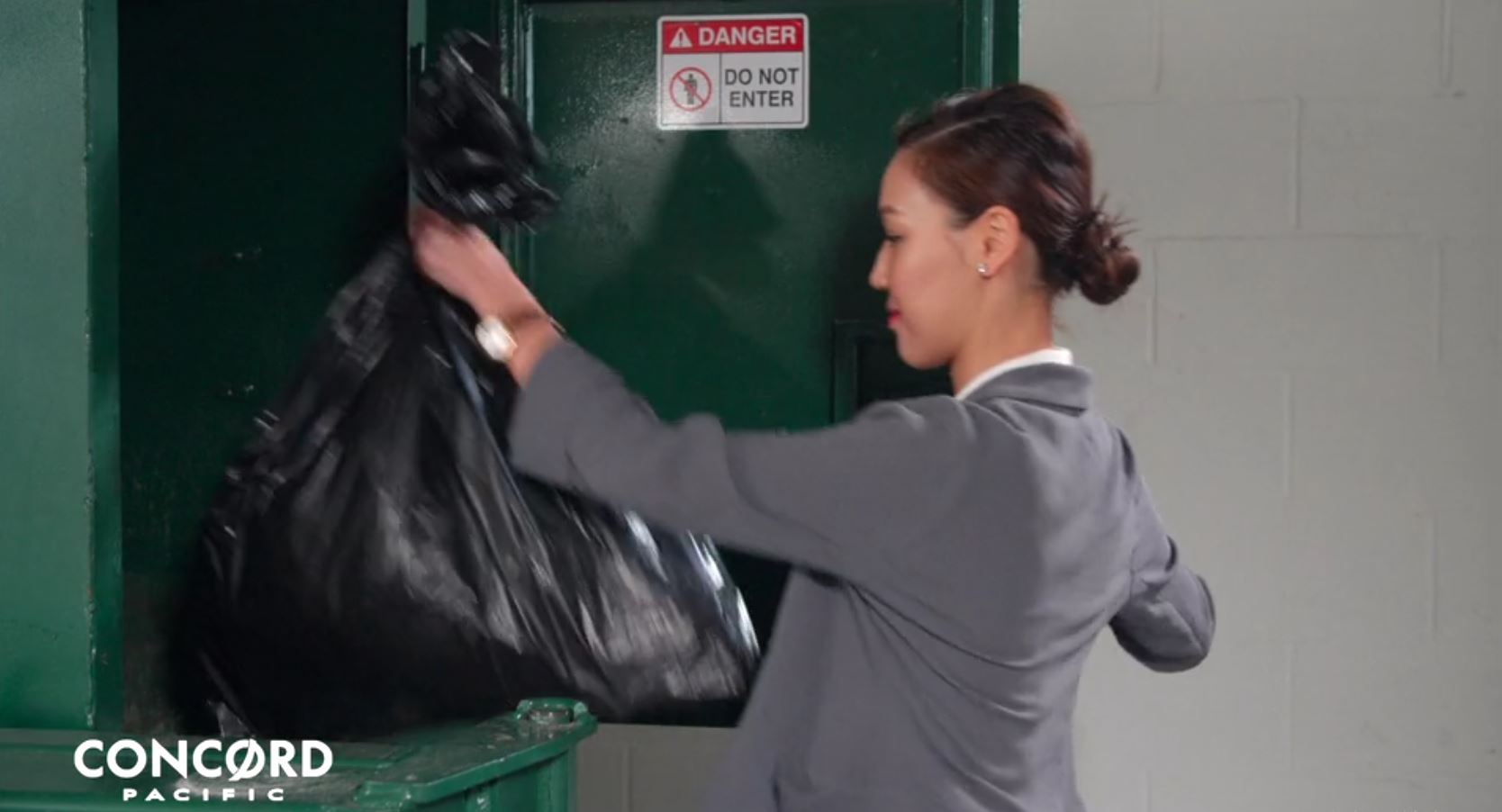
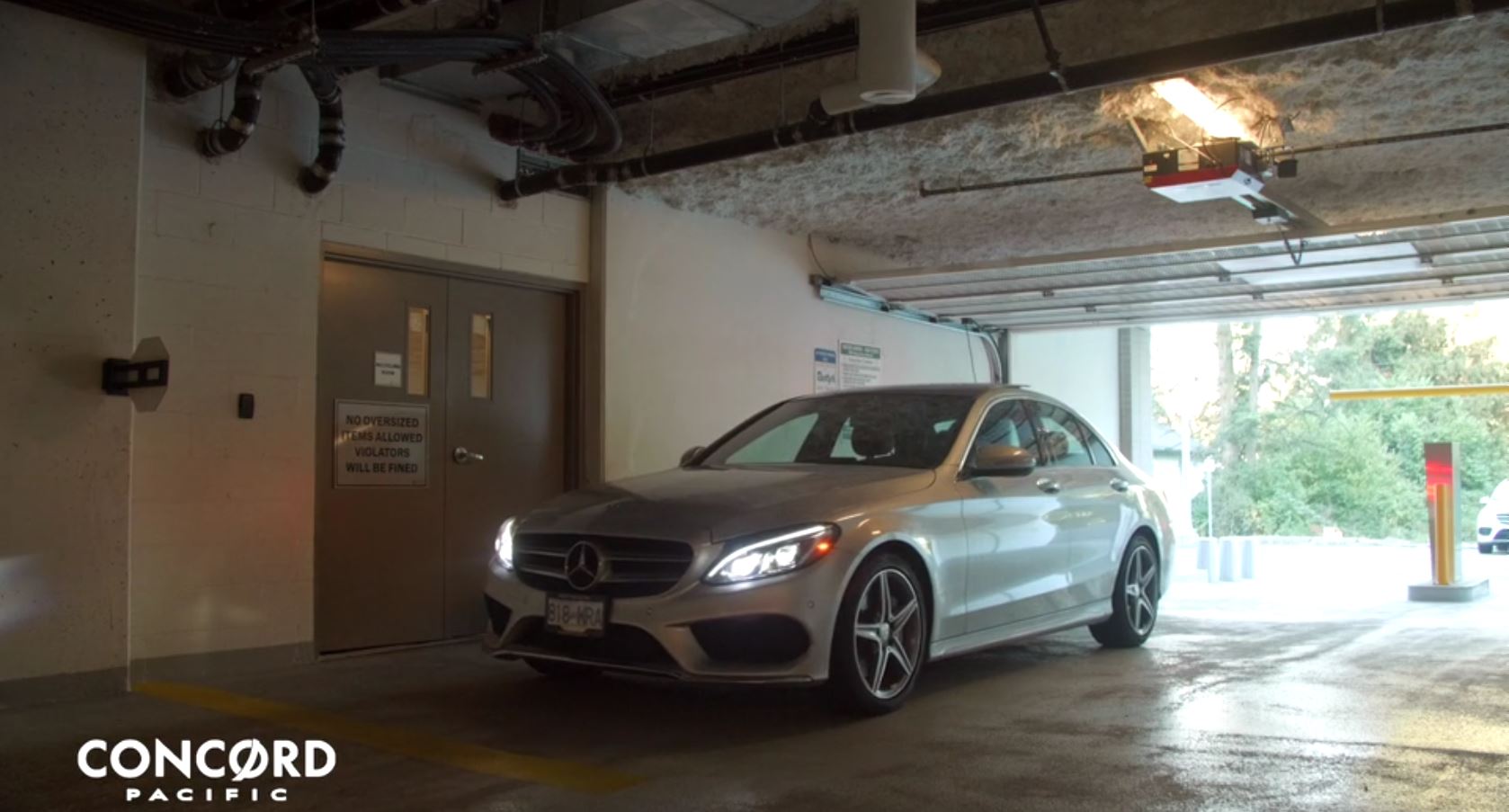
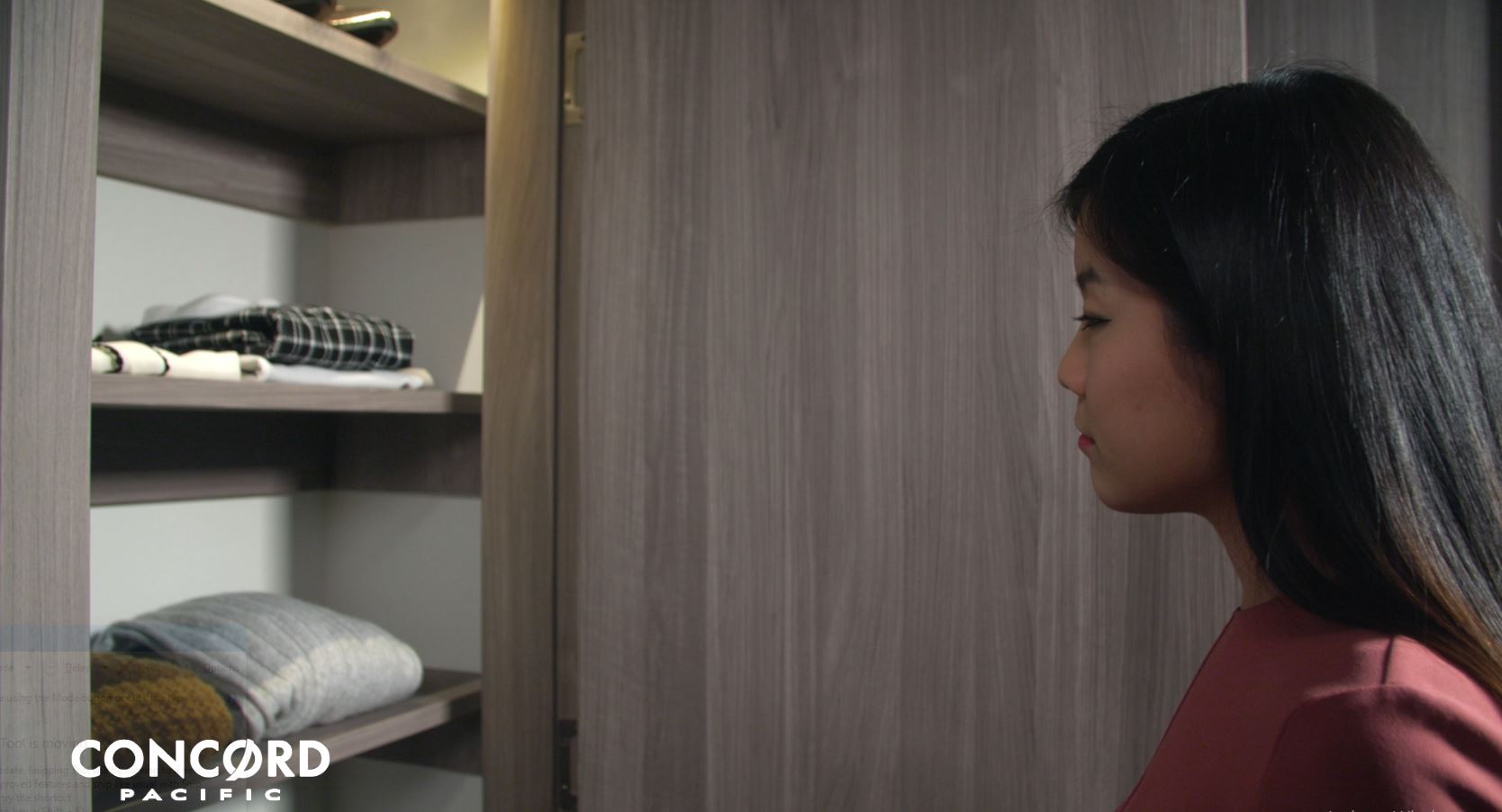
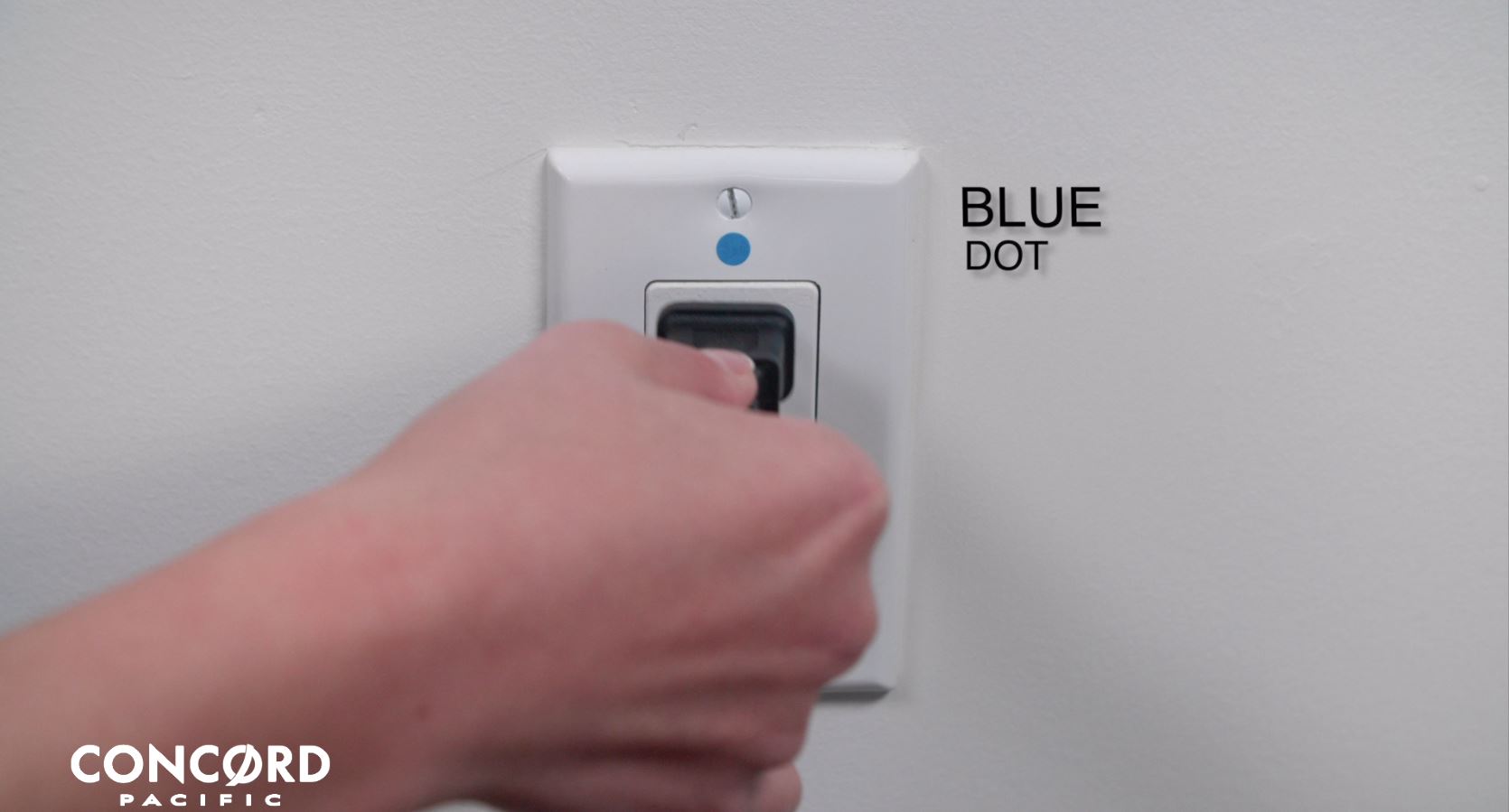
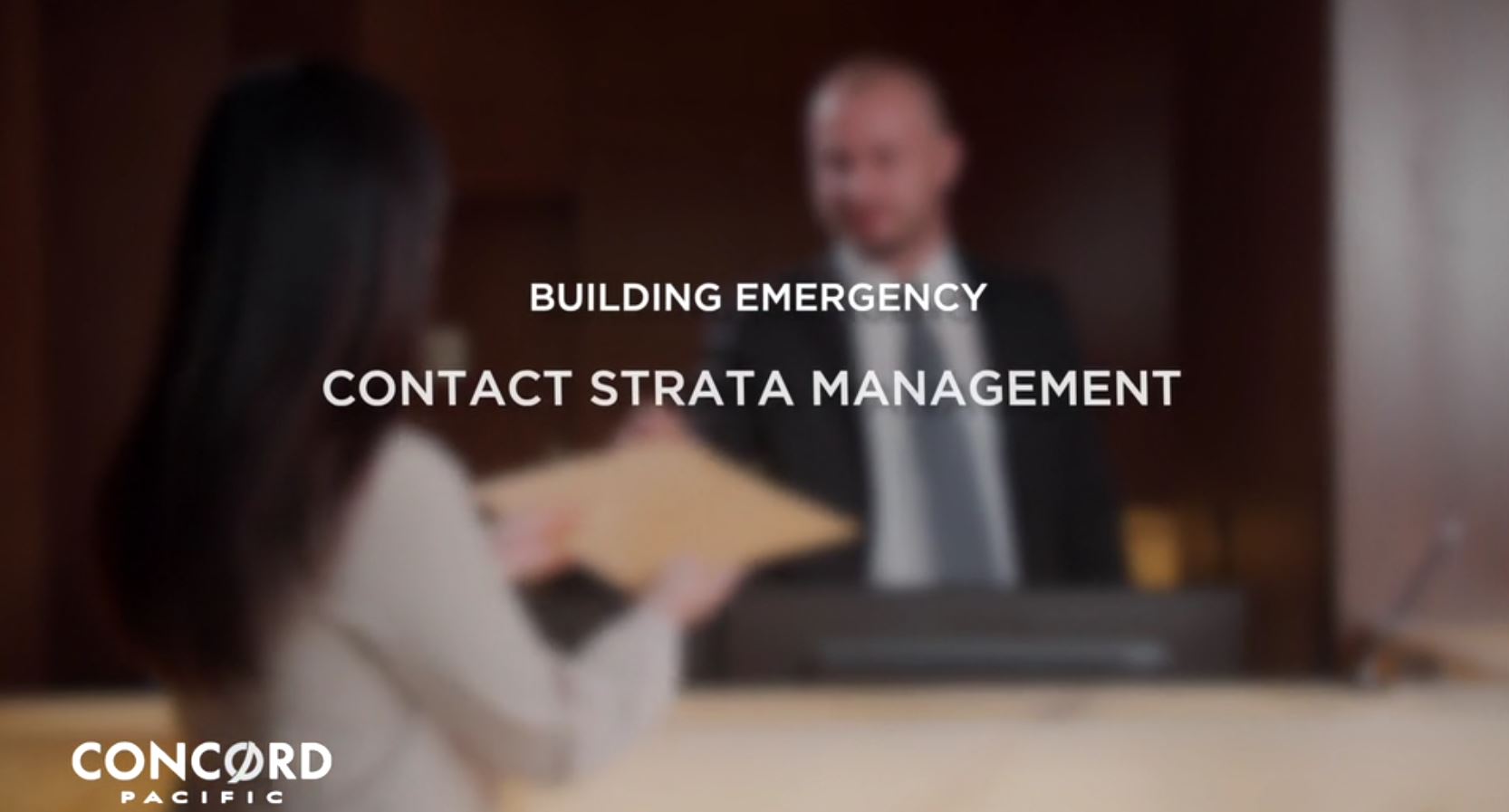
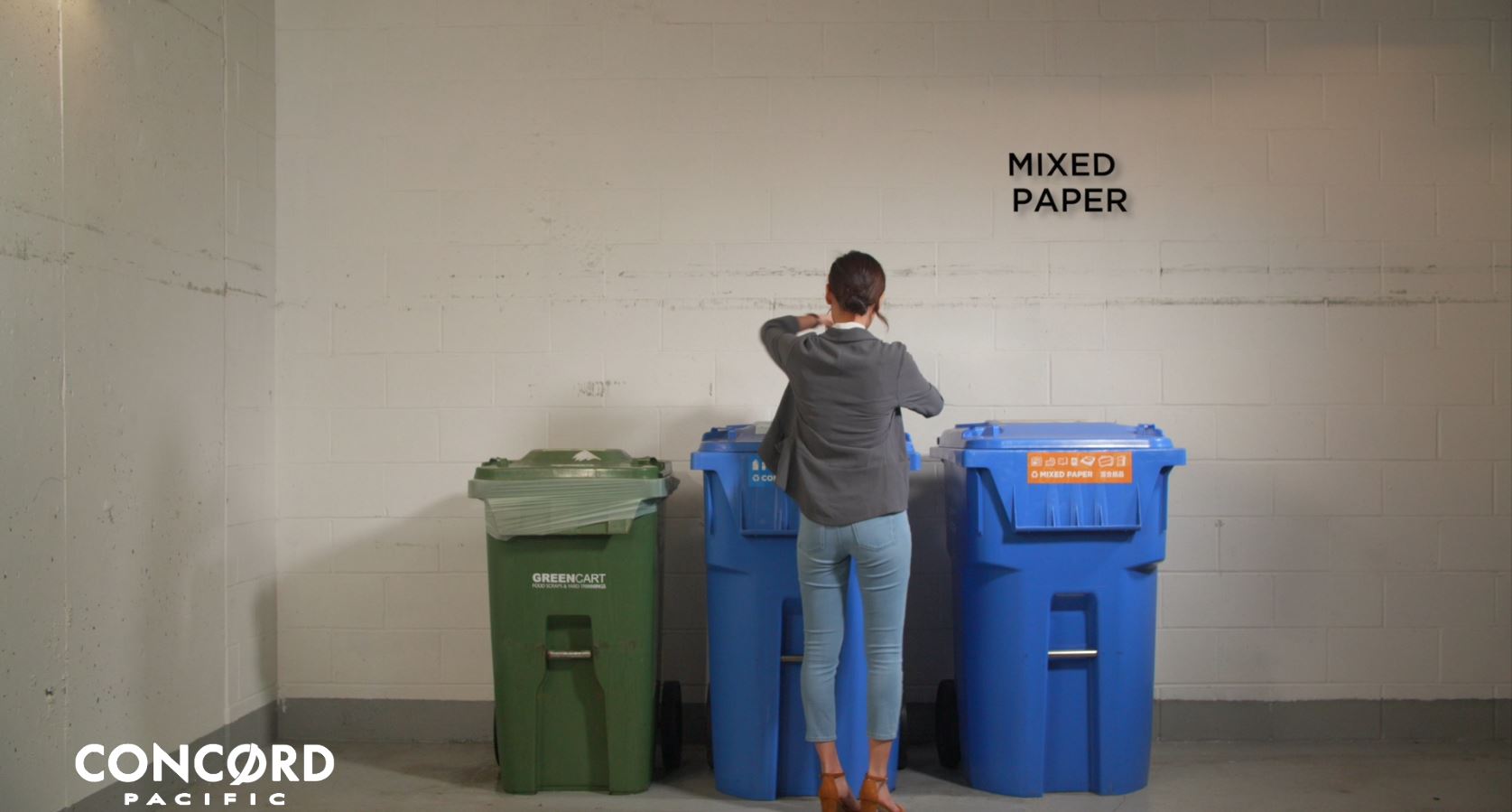
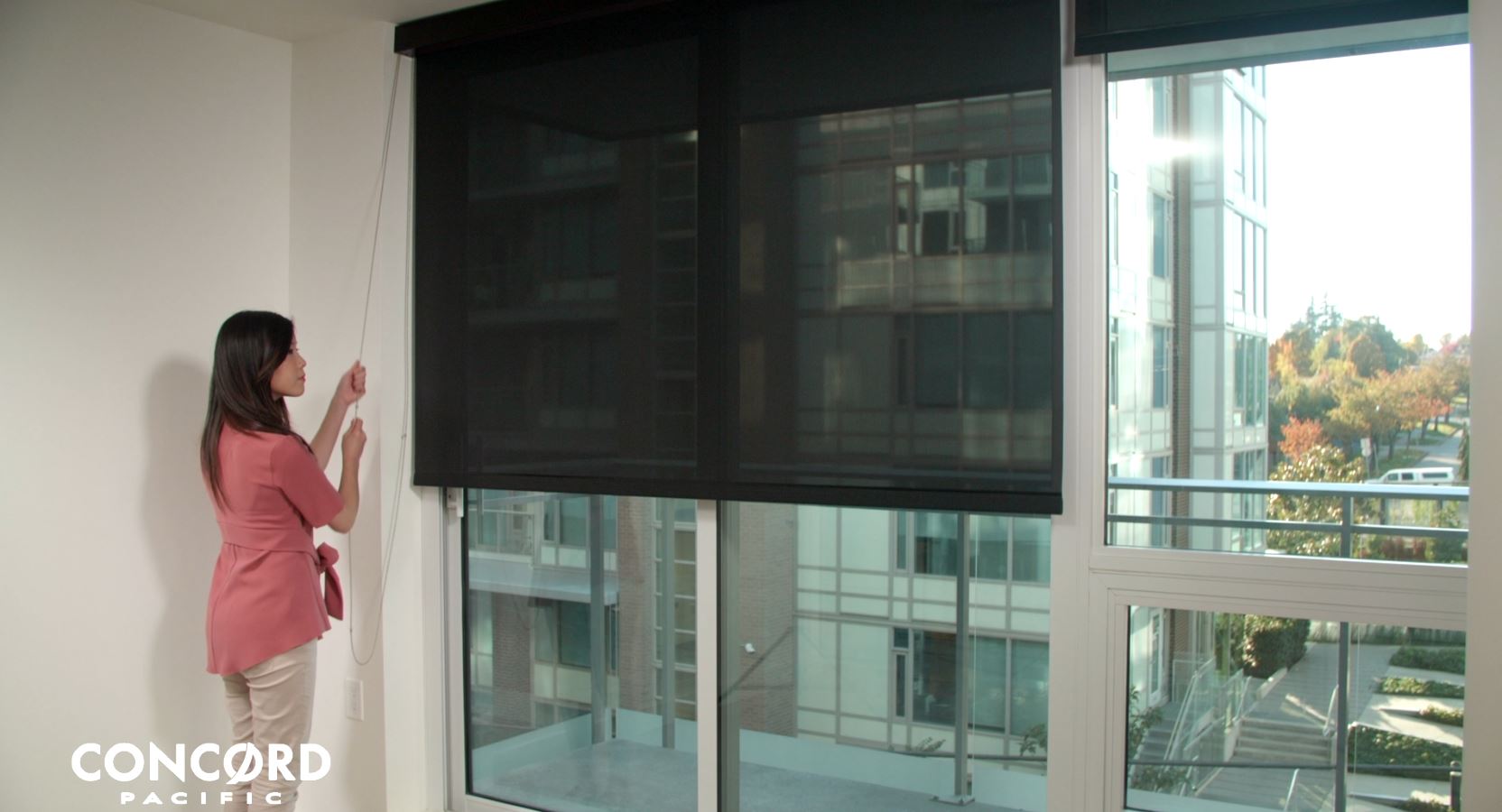
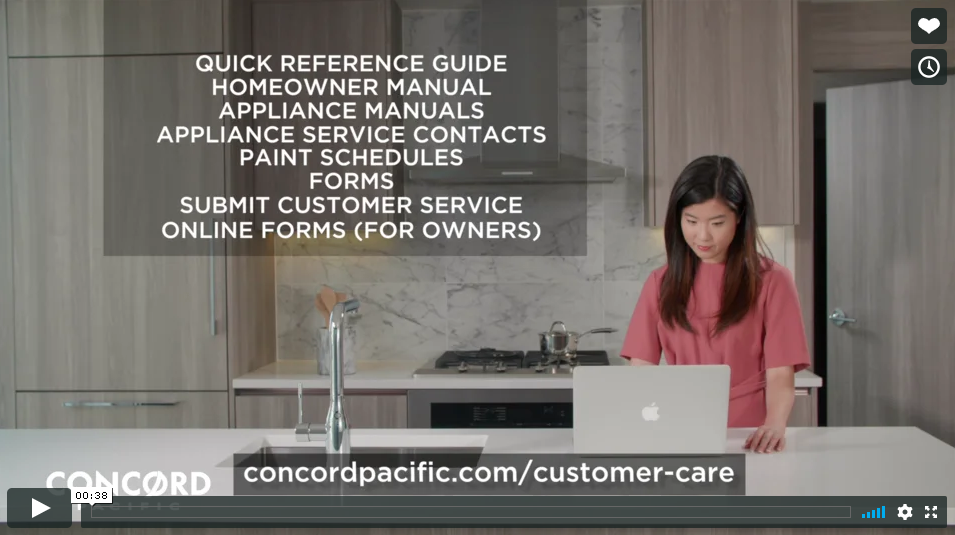
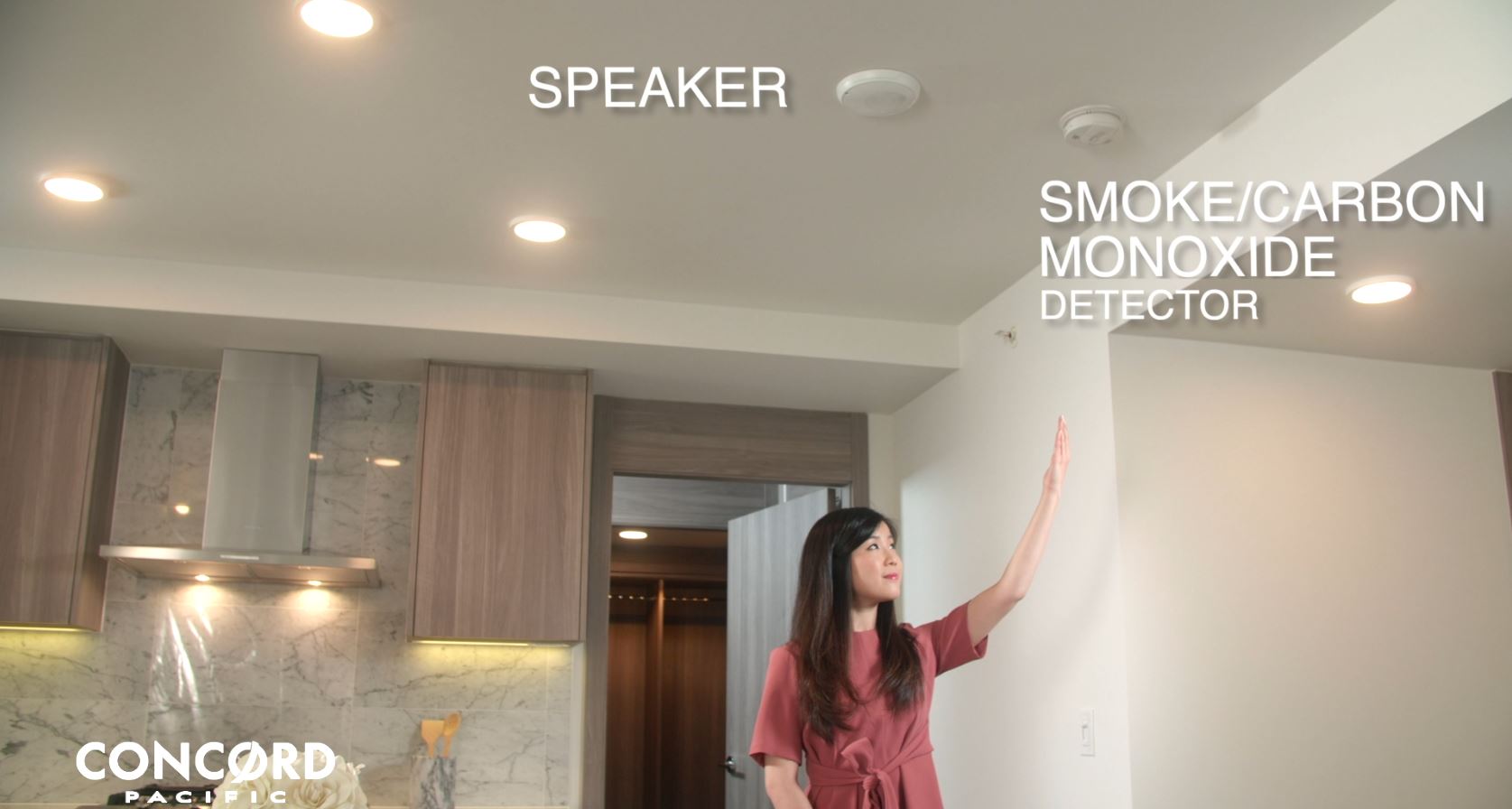
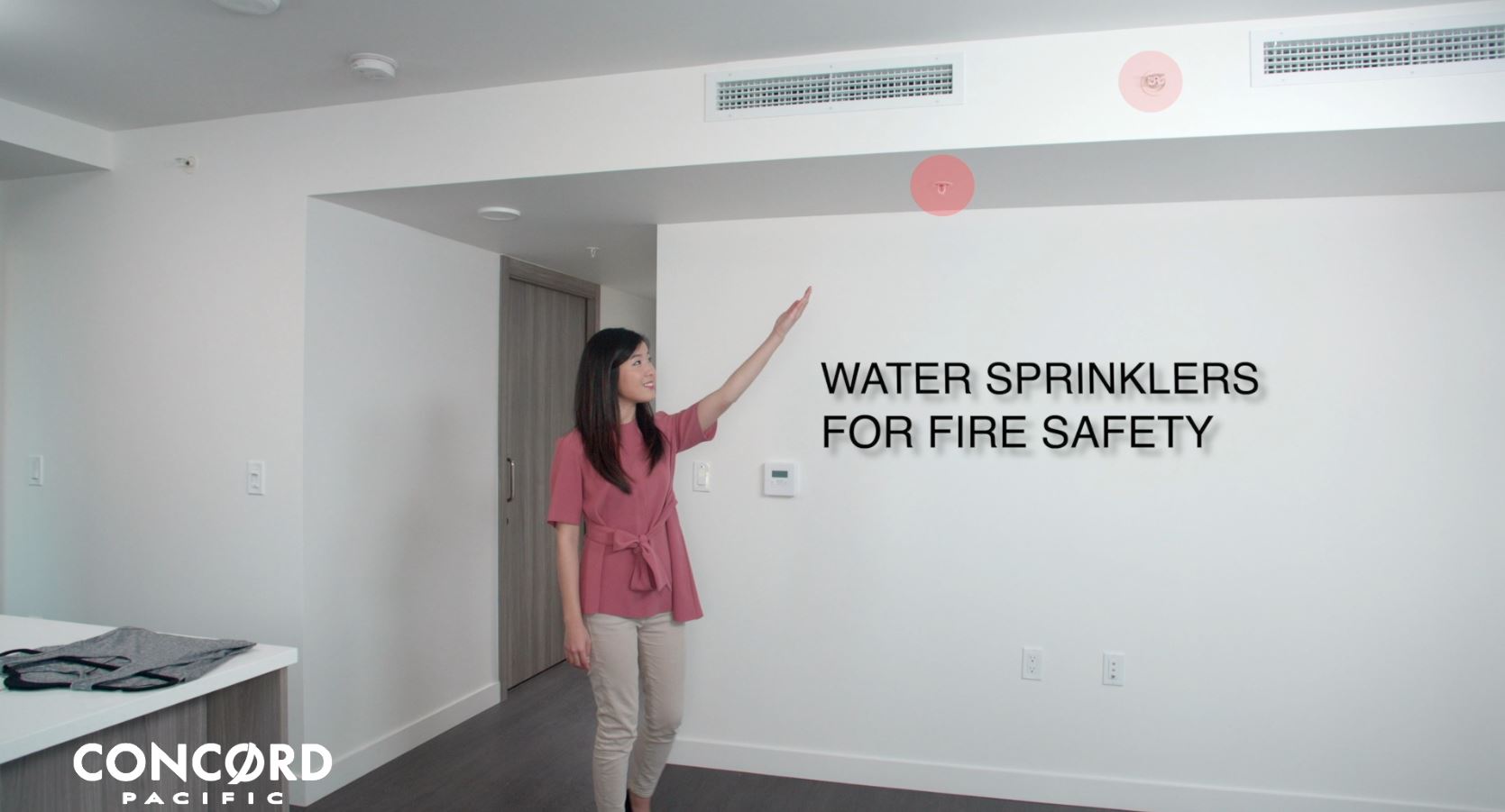
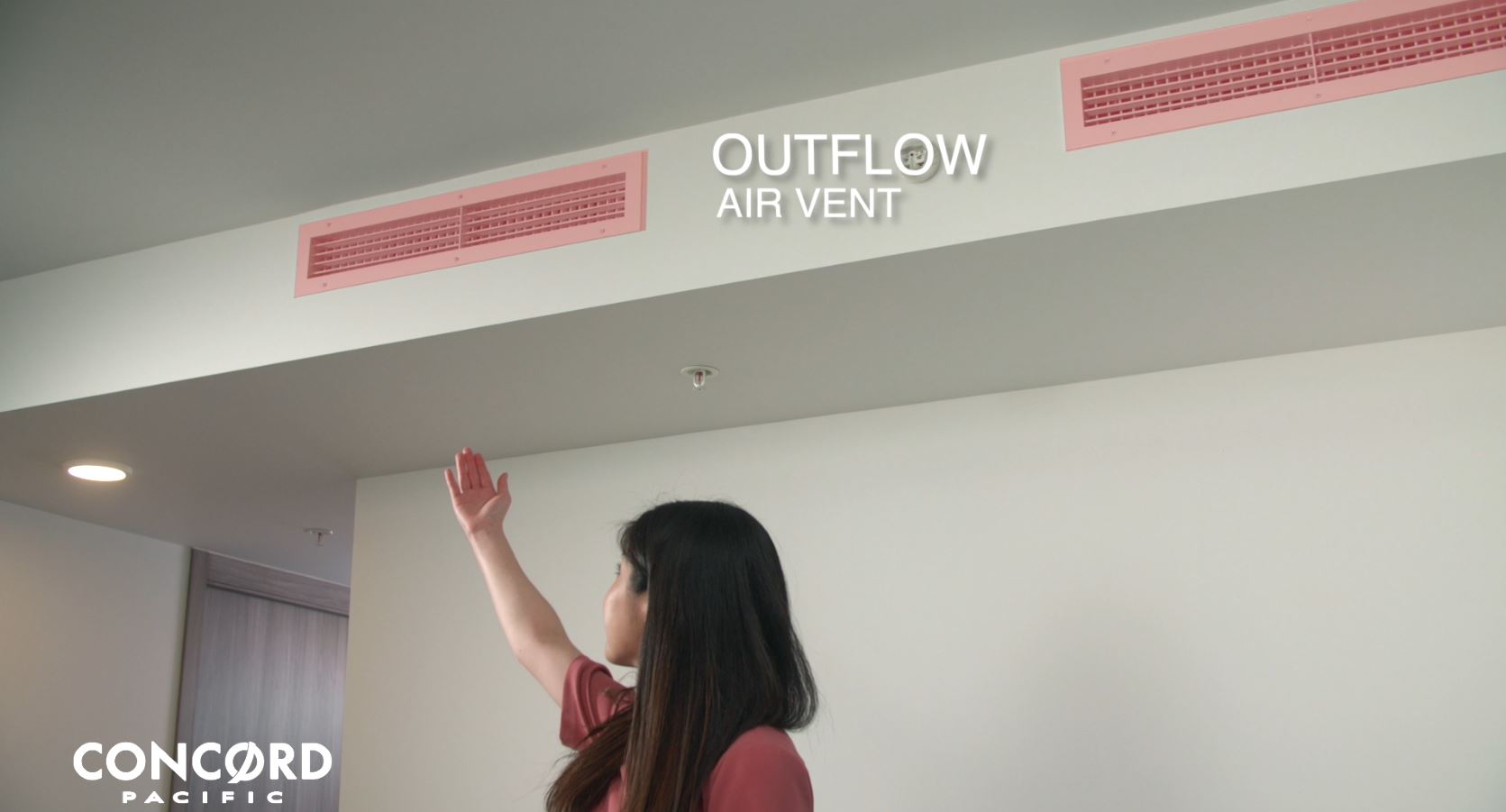
Contact Us
Our office located at:
88 Pacific Boulevard
Vancouver, BC
Mailing Address:
9th Floor, 1095 West Pender Street
Vancouver, BC
V6E 2M6
(T) 604-899-7207
(F) 604-899-9183
(E) customercare@concordpacific.com

